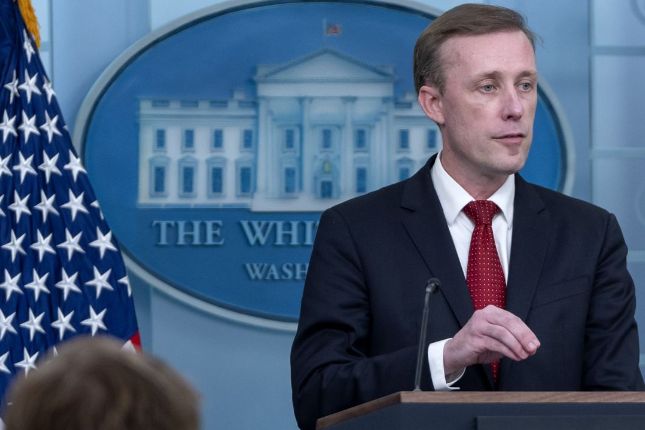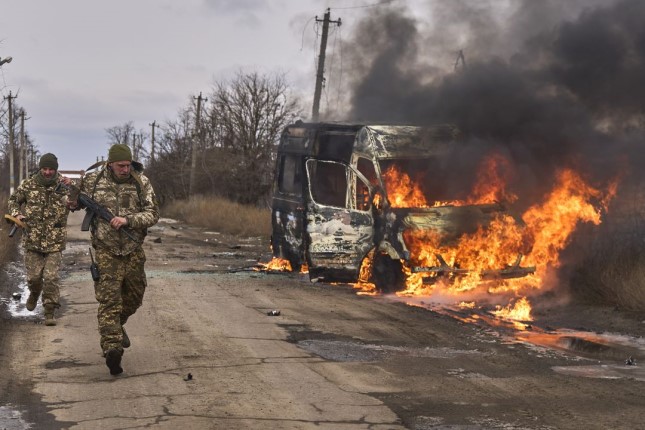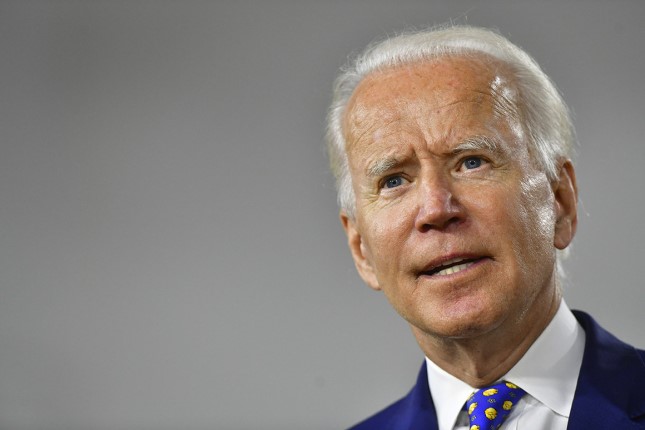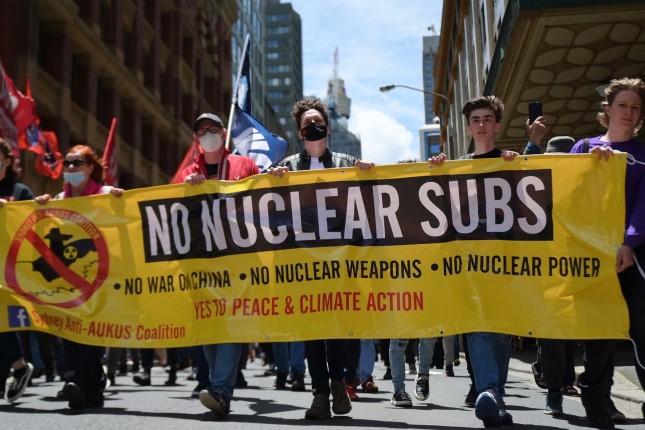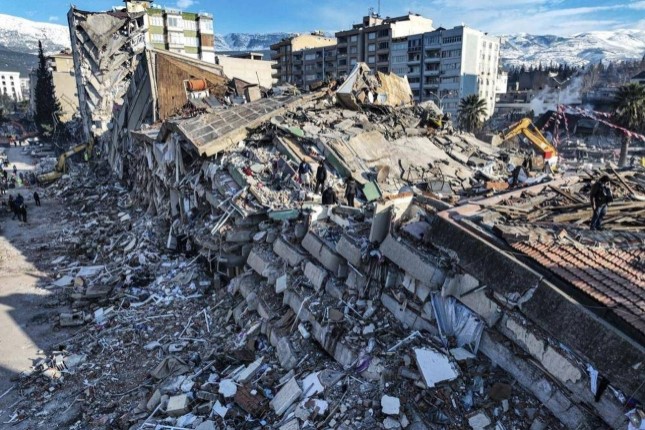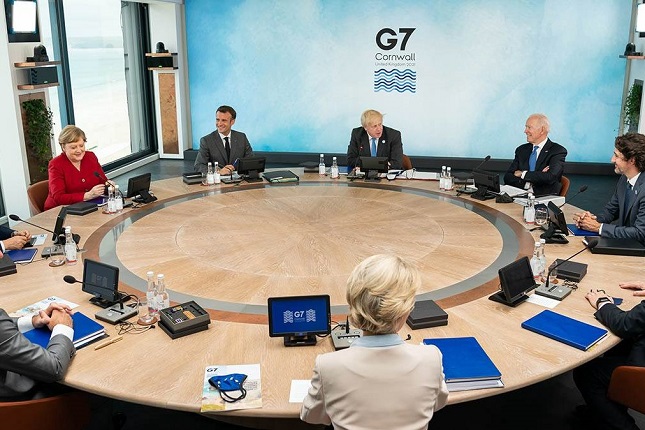In October 2022, the ministers of OPEC+ member countries decided to meet not every month, but every six months, while Monitoring Committee meetings will be held every other month. However, as Deputy Prime Minister of Russia Alexander Novak noted in December, the alliance can always hold an extraordinary meeting to address a given market situation if necessary.
The Monitoring Committee includes eight of the 23 OPEC+ member countries: Russia, Saudi Arabia, the UAE, Iraq, Kuwait, Algeria, Venezuela, and Kazakhstan. It is these countries that met on February 1 to assess the state of the global oil market.
Wait and see
In early December, OPEC+ decided not to make any policy changes, confirming the alliance's October decision to continue cutting production by 2 million barrels per day. This decision was explained by the unclear consequences of the EU embargo and price ceiling on Russian oil, which will make it difficult to redirect oil from Russia to Asia.
In general, producers took a wait-and-see attitude, since the real consequences of the restrictions could be assessed no earlier than the end of January (as the price ceiling mechanism provided for a transitional period). Recall that the ceiling did not apply to oil purchased in excess of the marginal price that was loaded on ships before December 5 and unloaded before January 19.
In December, the average price of Brent did not change much, remaining at the November level of USD 85 per barrel. In January, the average cost of a barrel of North Sea oil fell to USD 81, but the price of Urals oil has dropped significantly. According to Bloomberg, in early January, Russian oil was being sold for USD 37.80 at Primorsk Port − two times lower than world prices.
According to the Russian Deputy PM Novak, this major discount on Russian oil is due to the high cost of freight, but it is planned to reduce it in the future.
At the same time, according to Novak, Russia is ready to reduce production by 5-7% − about 700,000 barrels per day. However, oil companies are reluctant to do so, because it can create problems for well preservation − the prolonged shutdown of a well could lead to the clogging of pores or waxing.
Additionally, dormant and abandoned wells are sealed with cement. To resume production, a new rig needs to be installed, the cement plug needs to be broken, and clay drilling mud needs to be pumped in, with the hope that oil will start flowing again. If that doesn't help, then a new well will have to be drilled and chemicals pumped in, or there may even need to be hydraulic fracturing. All these steps are costly and time consuming. Some restoration work can take three to four years.
Of course, there is not always a loss of productivity − sometimes it is possible to restore part of the production using chemicals. Nevertheless, according to various estimates, decommissioning a well costs about USD 150,000, and resuming its operation up to USD 500,000. Therefore, it is easy to understand why oil companies are trying to avoid production cuts.
Meanwhile in the US
Meanwhile, back on November 26, US authorities allowed Chevron to resume producing oil in Venezuela and delivering it to the USA, and now the first shipment in recent years has finally taken place.
At the same time, sanctions are still in effect against Venezuela. However, since the US has abandoned Russian oil and failed to convince its partners in the Middle East to increase production, it had to return to Venezuelan oil. But the US administration says the Venezuelan side will not actually profit from the sale of raw materials since the proceeds are to be used to pay off its debt to Chevron.
Additionally, the Texas-based ConocoPhillips, which left Venezuela after the nationalisation of its assets in 2007, is also negotiating the sale of Venezuelan oil to the United States in order to recoup almost USD 10 million owed to it by Caracas and to help the US meet its energy needs, the Wall Street Journal reported, citing informed sources. In preliminary negotiations, ConocoPhillips is offering an option that would allow it to load, transport, and sell Venezuelan oil to the US on behalf of PDVSA.
At the same time, US commercial oil inventories (excluding the strategic reserve) rose by 19 million barrels, or 4.5%, to 439.6 million barrels in the week ending January 6, according to the weekly review of the Energy Information Administration of the US Department of Energy. This was the most significant increase since 2021, when inventories suddenly jumped by 21.6 million barrels in the week of February 20 to 26.
The United States is waiting for a decrease in oil prices to replenish its strategic reserves. In the meantime, the US Department of Energy is rejecting proposals to buy oil because it is either too expensive or does not meet the required specifications.
China loosens restrictions
Starting January 8, China, one of the largest consumers and importers of oil in the world, has cancelled mandatory PCR testing and quarantining for those arriving in the country, thus reinforcing expectations of an increase in its demand for oil.
Chinese oil refiners began to actively buy oil before the long holidays in preparation for the Lunar New Year on January 22. And given the eased border restrictions, which have been a boon for domestic and international air travel, China's demand for aviation fuel on the eve of the holidays was the highest in more than a year and a half.
Thus, the new coronavirus measures drew a line under the almost three-year zero tolerance policy during which the Chinese economy showed its lowest growth rates in the last half-century.
With this news from China, the cost of Brent oil rose from USD 79 to USD 85 per barrel, and the US House of Representatives approved a bill to ban the sale of strategic reserve oil to China. Although many experts predict that the Senate will not approve this bill, the OPEC+ Monitoring Committee cannot ignore this factor.
In addition, the embargo and price cap on oil products from the Russian Federation came into force on February 5, which will certainly put additional pressure on world oil balances and, in particular, complicate the situation on the already tense diesel market.
Of course, one cannot say today that China has completely overcome the coronavirus: conclusions can only be drawn now in the aftermath of the long Chinese New Year holidays (if not in late February or early March). However, it is possible that Chinese refineries will work for Europe.
Given these complicated factors, the OPEC+ Monitoring Committee decided last week to maintain its current reduced output. Presumably, it will analyse the situation anew in April, once the picture with the embargo and price cap on Russian oil becomes clearer.






















